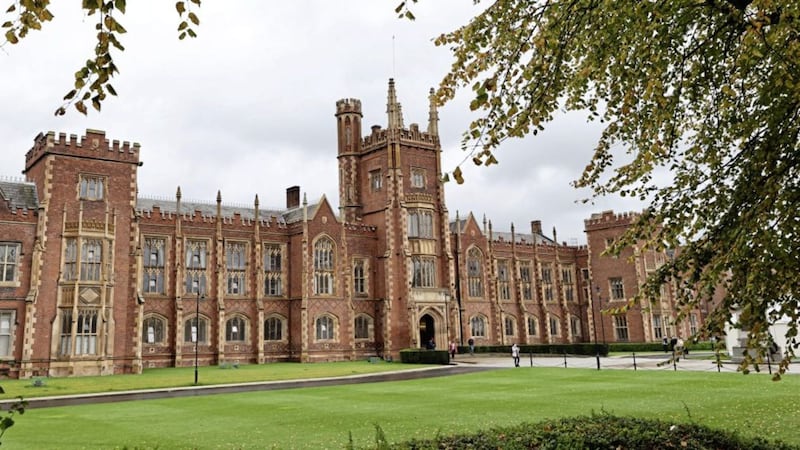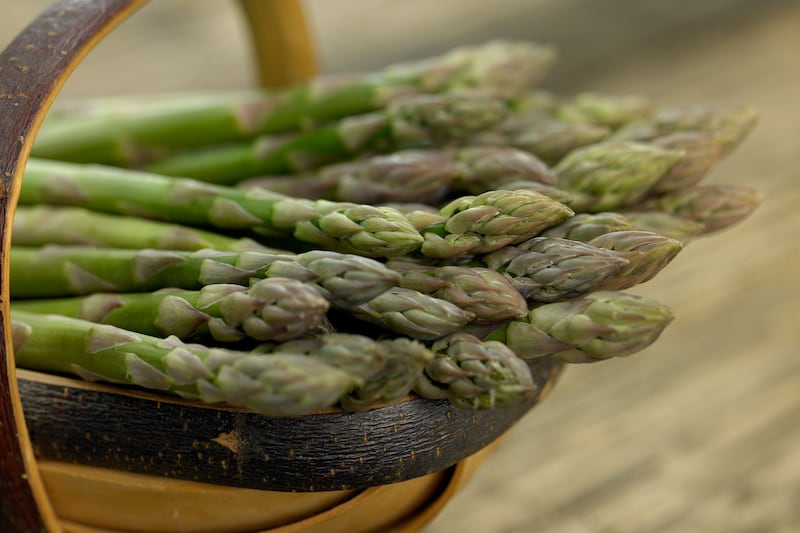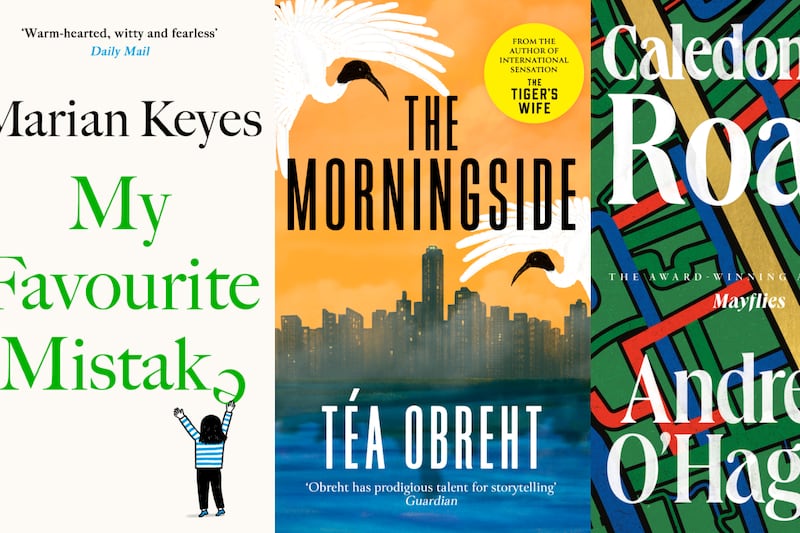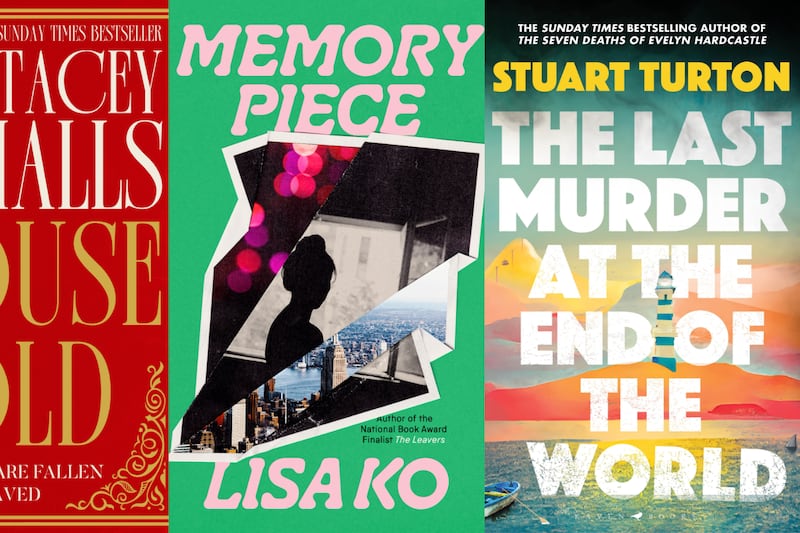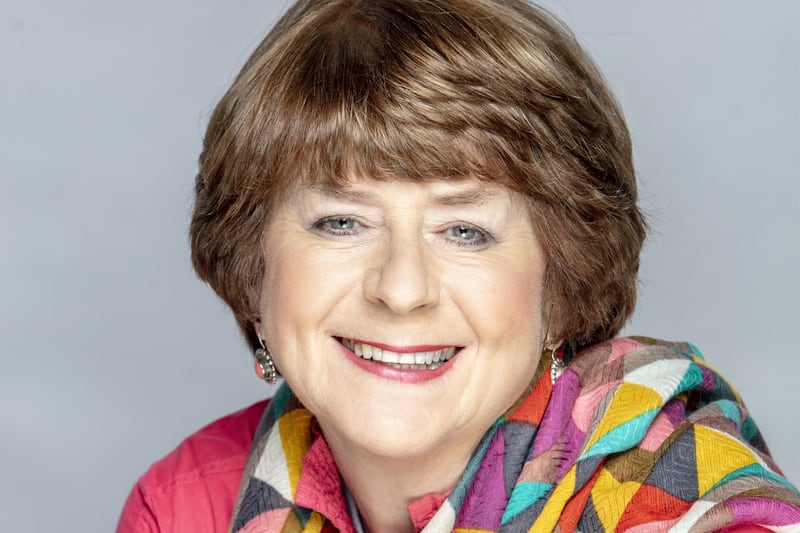A NEW book exploring life for women in 19th century convict prisons in post-Famine Ireland has been launched by a historian at Queen's University Belfast.
It is the first study of women's experiences in an Irish prison for serious offenders during the 19th century.
Written by Dr Elaine Farrell from the school of History, Anthropology, Philosophy and Politics, the book showcases various crimes that women were incarcerated for in the post-Famine period, from theft to murder.
The book, Women, Crime and Punishment in Ireland, Life in the Nineteenth-Century Convict Prison, also examines inmate files to understand women's lives before, during and after imprisonment.
Through case studies and individual narratives, Dr Farrell reveals imprisoned women's relationships with each other, with staff employed to manage and control them and with their relatives, spouses, children and friends on the outside.
It shines a light on the hardships many women experienced, their poverty and survival strategies and their responsibilities, obligations, and decisions.
Incorporating women's own voices, gleaned from letters and prison files, it provides an insight into individual women's lives in prison and sheds new light on their experiences across urban and rural post-Famine Ireland.
Dr Farrell said: "Individual women have a central place in this book, their lives documented in rich historical records precisely because they were convicted of a crime that was thought to warrant a lengthy prison stay.
"Crimes included serious violent offences like murder and manslaughter, but other offences for which girls and women ended up in prison for years might seem trivial to our eyes.
"In telling these diverse stories of crime and imprisonment, I hope to shed greater light on the broader realities of life in 19th-century Ireland for 'ordinary' girls and women."
